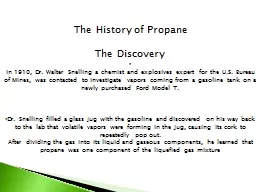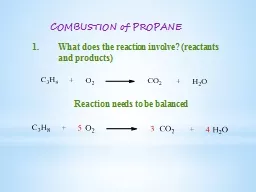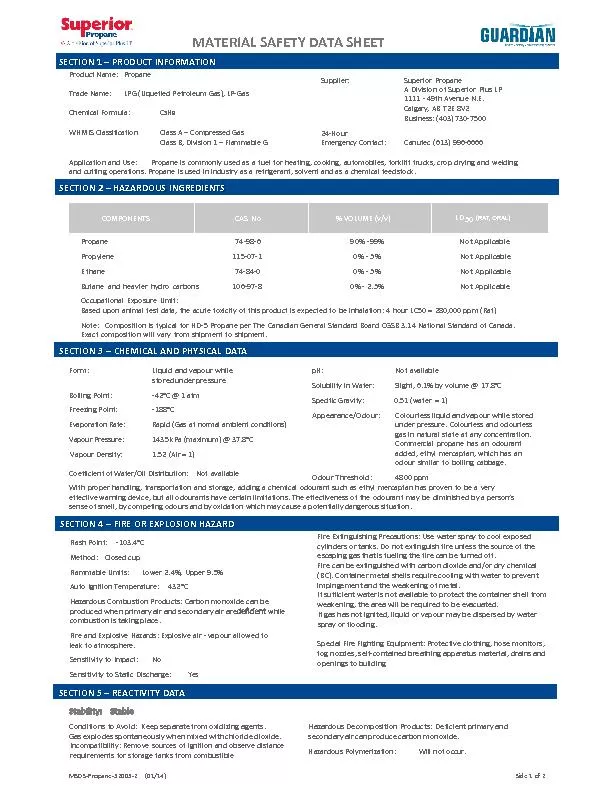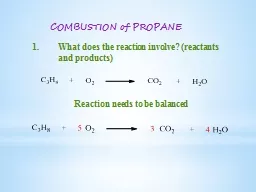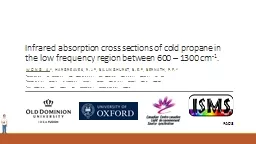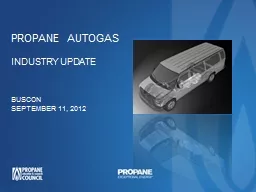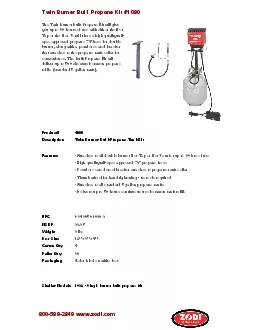PPT-The History of Propane
Author : yoshiko-marsland | Published Date : 2016-12-03
The Discovery In 1910 Dr Walter Snelling a chemist and explosives expert for the US Bureau of Mines was contacted to investigate vapors coming from a gasoline tank
Presentation Embed Code
Download Presentation
Download Presentation The PPT/PDF document "The History of Propane" is the property of its rightful owner. Permission is granted to download and print the materials on this website for personal, non-commercial use only, and to display it on your personal computer provided you do not modify the materials and that you retain all copyright notices contained in the materials. By downloading content from our website, you accept the terms of this agreement.
The History of Propane: Transcript
Download Rules Of Document
"The History of Propane"The content belongs to its owner. You may download and print it for personal use, without modification, and keep all copyright notices. By downloading, you agree to these terms.
Related Documents

